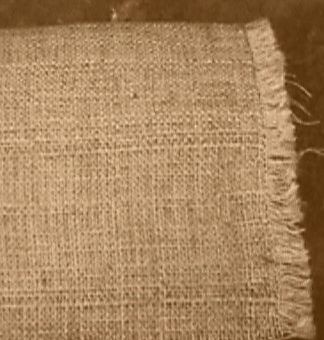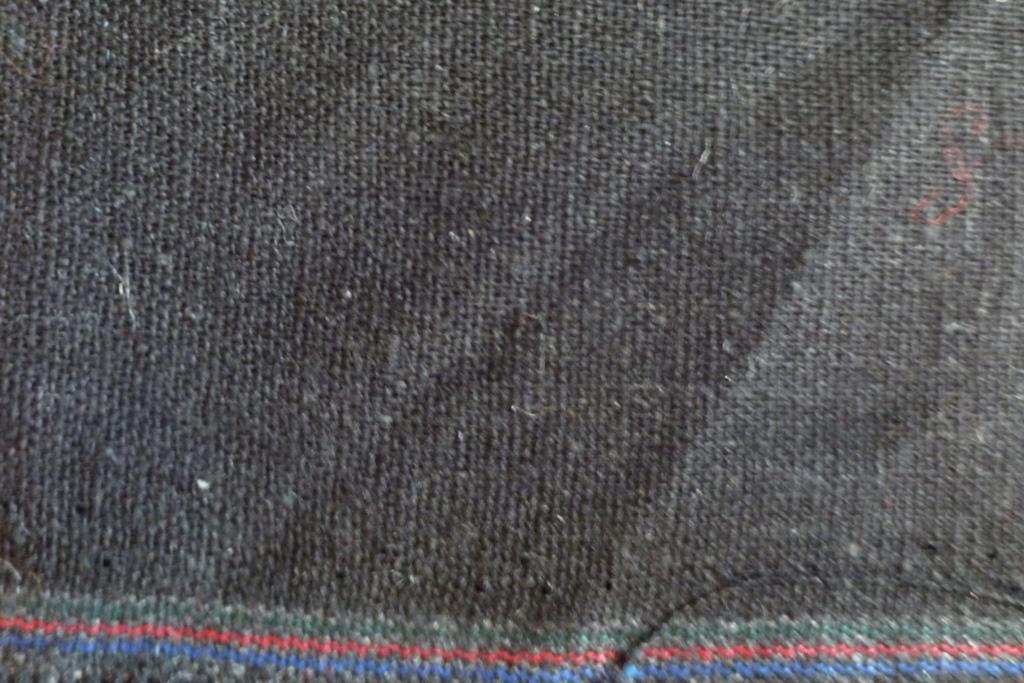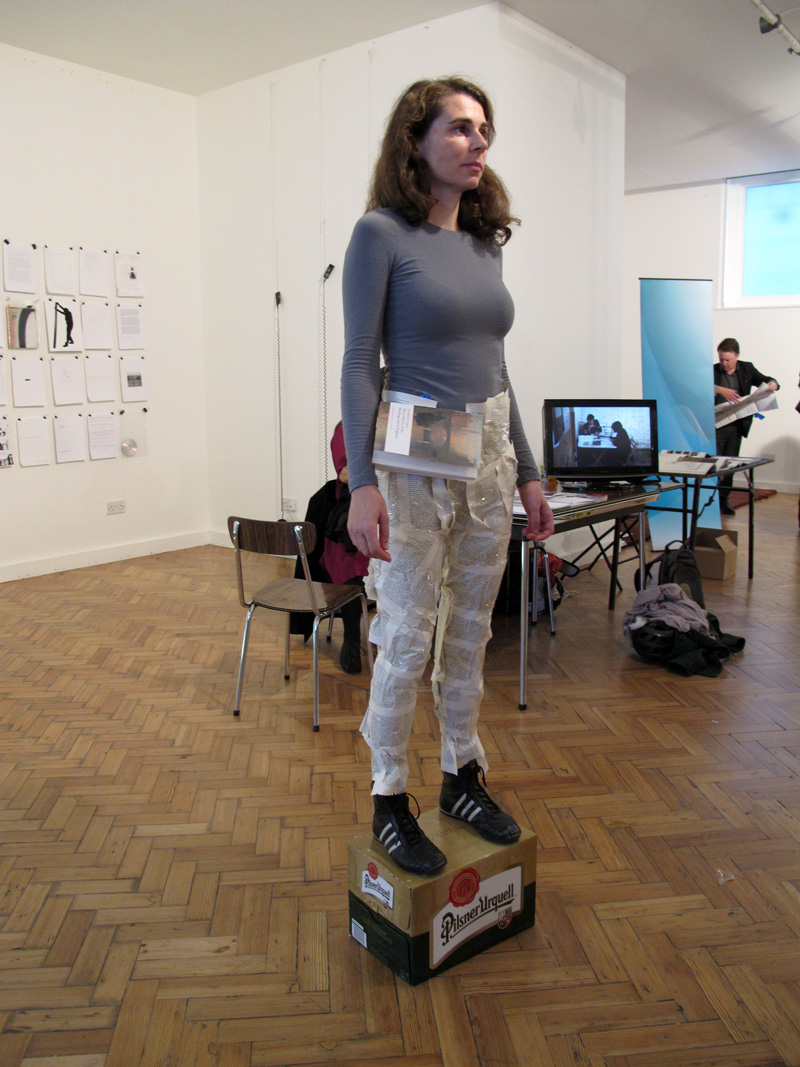Fustian
Fustian ( from Arabic barrakan - " fabric made of camel hair," or Persian baranka - " wool "; outdated also Parchend, the name is found in several languages: Latin barracanus, Italian barracano, Spanish Barragan, double futaine, Eng. fustian ) is a mixed fabric of cotton weft on linen chain that is smooth, roughened on one or both sides.
Properties
The smooth fustian but has either a twill vierschäftigen as the Croisé, and therefore two right sides ( beidrechter fustian ) is coarser and of denser tissue than the Croisé or he has a vierschäftigen sided twill ( Futterbarchent, Bettbarchent, ticking, Bettdrell ).
The Atlasbarchent is geköpert five cohesive and atlas -like. The rough fustian is three - to four - or five-thread twill, and in such geköpert that are afloat on one side 2/3, 3/ 4 or 4/ 5 of the coarse and soft entry. This is either already roughed up on the chair or after bleaching by scratching with cardoon or fine iron wire scraping by hand or by means of a napper machine.
The fustian receives thereby a more or less long-fiber, fluff or wool-like surface, which is also shorn cloth -like at the strong, serving for winter clothes fabrics ( cotton Molton, english moss ); this rough fustian also serves to oilcloth.
Schnürbarchent shows on the right side only entry on the left a canvas -like fabric with narrow, flat longitudinal ribs; Piquébarchent appears as quilted with diced or other rectilinear figures.
History
Fustian displaced since the 14th century more and more the linen. One of the leading centers of Barchentherstellung on the European market were among others Ravensburg, Regensburg, Ulm ( the "Ulm money " ) and Augsburg.
The Barchentweberei came from the end of the 19th century gradually ground to a halt because of slips, lining and coating more easily knitted and woven cotton and woolen semi -finished products came into use. Today fustian is rarely used.










